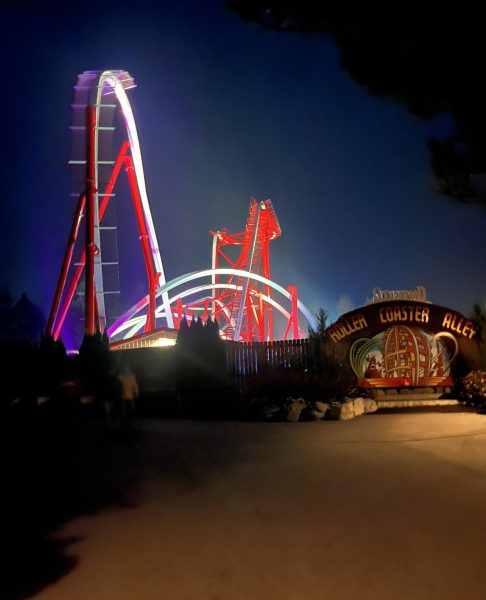What is Göbekli Tepe?
March 8, 2021
Göbekli Tepe is one of the most important archeological sites in today’s world.
Göbekli Tepe translates to “Hill with a Navel” or “Potbelly Hill”.
Located in modern-day Turkey, Göbekli Tepe was made in 10,000 BC making it the oldest temple that has been discovered, built 6,500 years before the Great Pyramids of Egypt.
Göbekli Tepe was discovered pretty recently in 1994 by Klaus Schmidt.
Gobekli Tepe was first examined (and ignored) by University of Chicago and Istanbul University anthropologists in the 1960s. As part of a sweeping survey of the region, they visited the hill, saw some broken slabs of limestone, and assumed the hill was nothing more than an abandoned medieval cemetery.
Göbekli Tepe predates pottery, metal tools, the invention of writing, the wheel, and the beginning of agriculture.
Researchers were stunned when Göbekli Tepe was discovered because hunter-gatherers were able to organize and construct such a complex structure as far back as 10,000 BC, not only does it change our understanding of hunter-gatherers but makes researchers question when the rise of civilization started.
Some researchers believe that the construction of Göbekli Tepe may have contributed to the later development of civilization.
But what exactly is Göbekli Tepe?.
Göbekli Tepe consists of four arrangements of monolithic pillars linked together by segments of dry stone walls to form a series of circular or oval structures. There are two large pillars in the center of each complex which are encircled by slightly smaller stones facing inward.
Archaeologists believe that these pillars also called megaliths could have once supported roofs. The structures vary in size between around 33 and 98 feet in diameter and have floors made of terrazzo.
The temple is 1000 feet in diameter and is located at the highest point of a mountain ridge in southeastern Turkey but the whole structure hasn’t been excavated yet, only five percent of the site and there is much more to discover.
Geophysical surveys show that as many as 250 more megaliths are lying buried around the site, suggesting that another 16 complexes once existed at Göbekli Tepe.
This temple was used for religious reasons for these ancient people bones that have been discovered at the site suggest Göbekli Tepe was used for ritual sacrifices and feasts. Some researchers believe that Göbleki Tepe could be the biblical Garden of Eden.
Göbekli tepe is a very important piece of human history and it’d be a great place to travel to.









